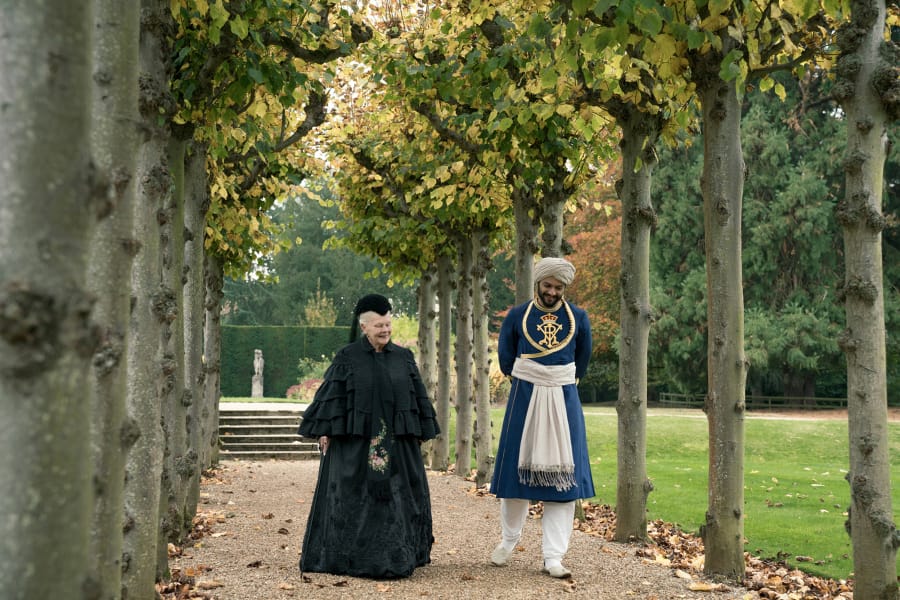For a nearly 50-year stretch of Academy Awards history, it seemed that the only costume designer in all of Hollywood was Edith Head.
Not only did Head create costumes for films such as “The Sting,” “Rear Window,” “Notorious” and “Funny Face,” she also dressed actresses such as Elizabeth Taylor and Grace Kelly for the awards themselves. Head helped craft the icy, sophisticated aesthetic of Alfred Hitchcock’s heroines. She, along with Hubert de Givenchy, helped to define Audrey Hepburn’s eccentric gamine. She set the standard for movie wardrobes.
Head created the template for the modern costume designer: someone able to establish the tone, mood and authenticity of a film — as well as its stars — with yards of cotton and silk.
When the first Oscar for costume design was awarded in 1949, Head was nominated for her work on “The Emperor Waltz,” a Billy Wilder movie starring Bing Crosby and Joan Fontaine. She didn’t win, but it was the first of 35 nominations over the course of her career. In 1950, she took home the first of her record eight Oscars for the Olivia de Havilland film “The Heiress.”



